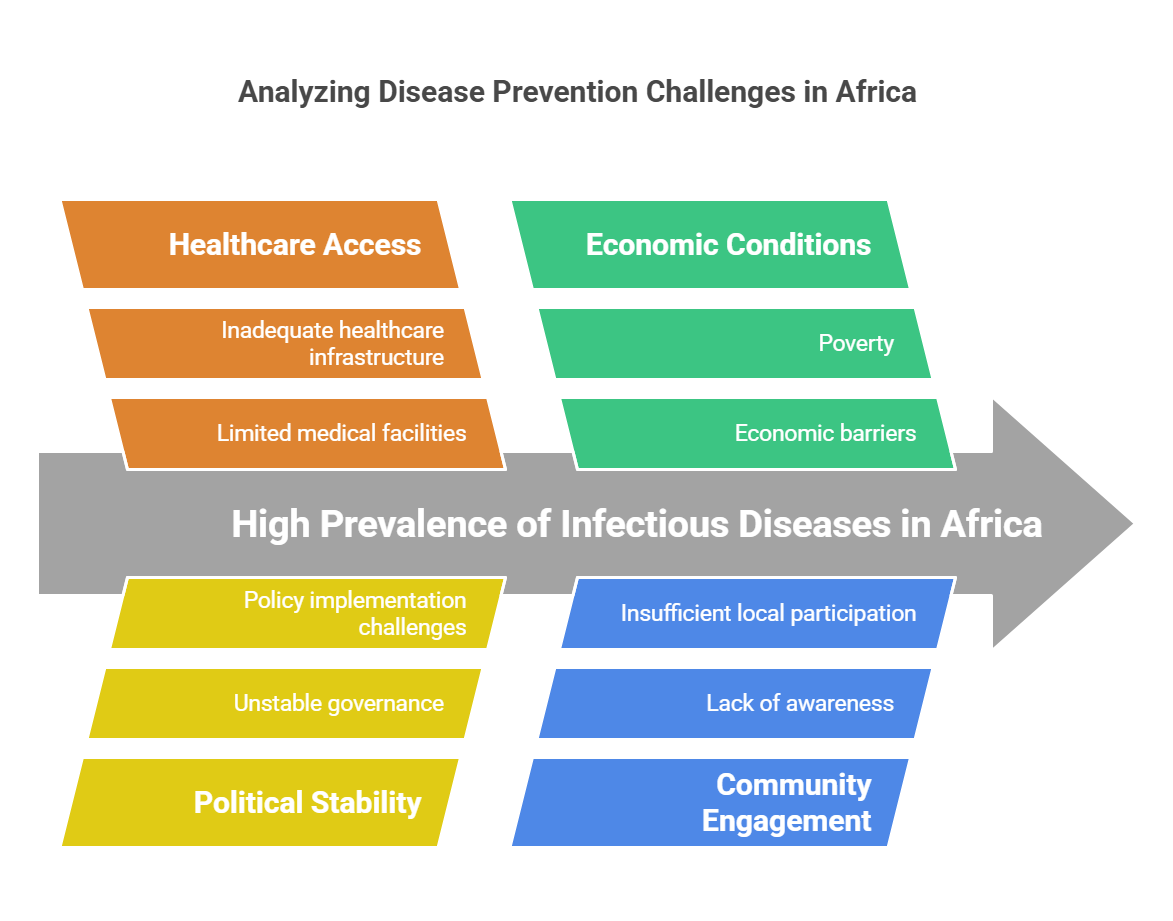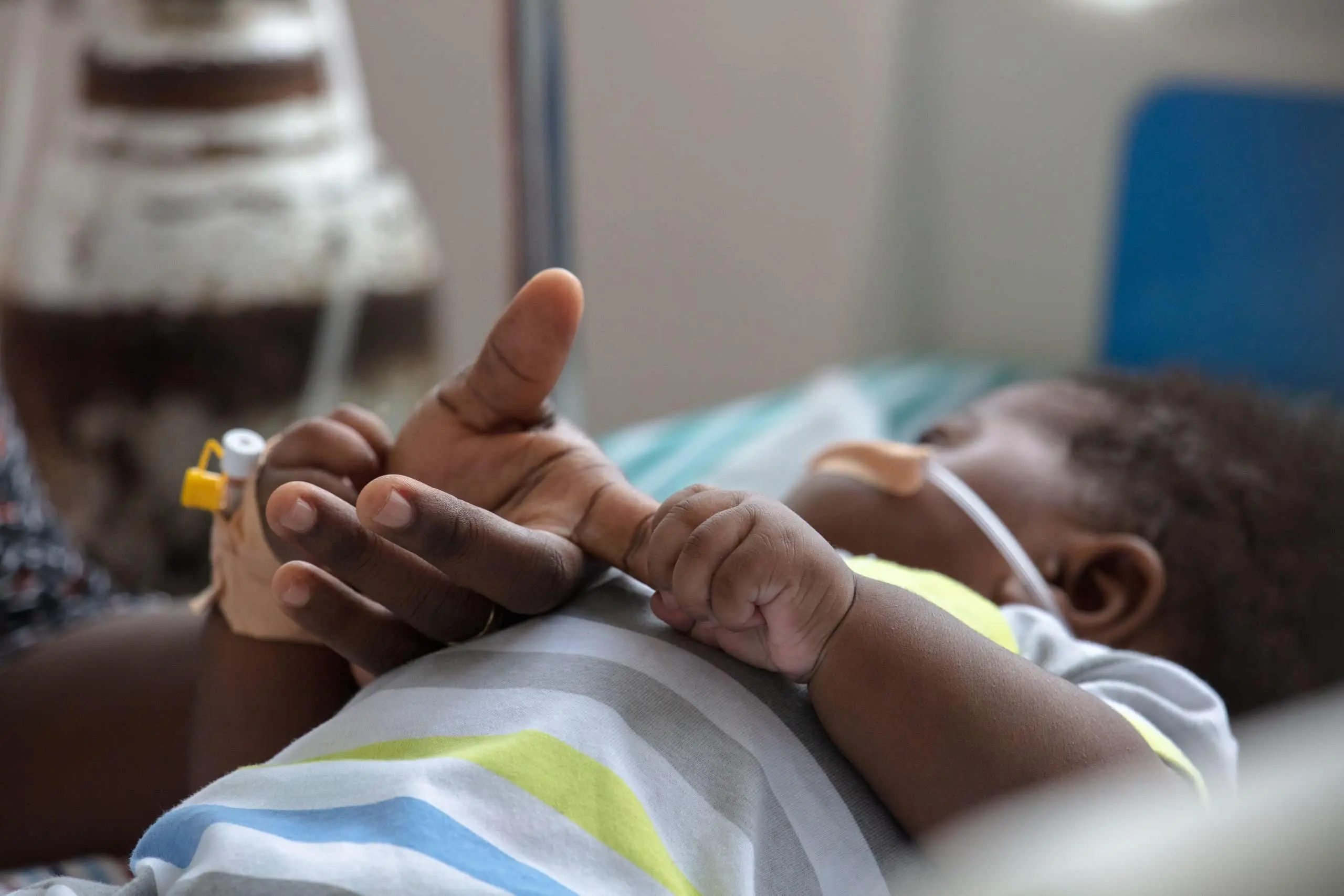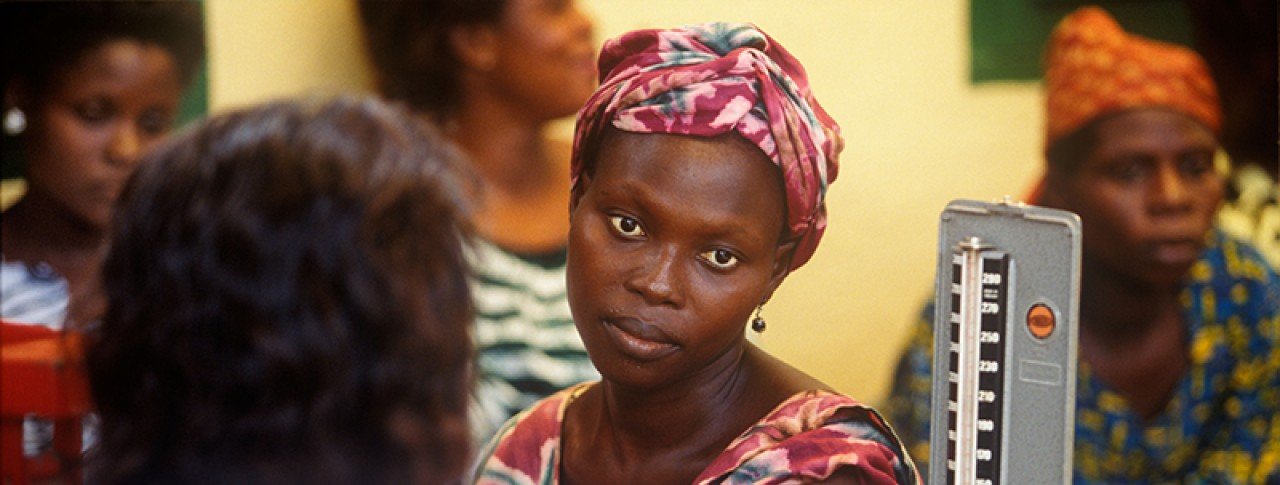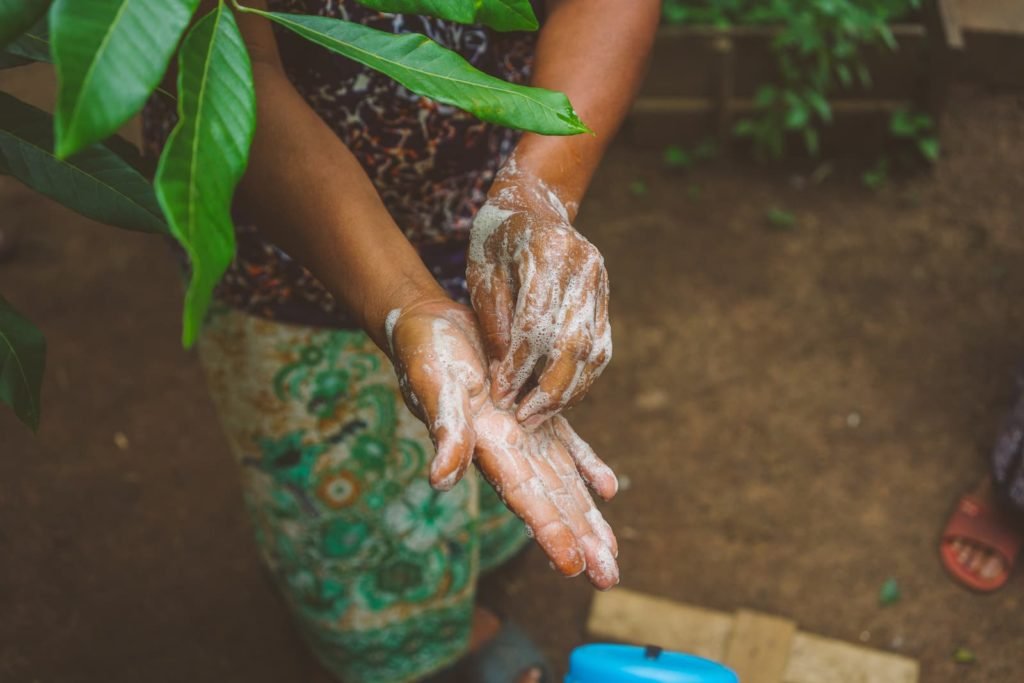To prevent common diseases in Africa, one has to study the causes. Africa has a high prevalence of infectious diseases like HIV/AIDS, TB, and malaria, making infections a significant public health concern. In many African nations, these illnesses impede economic growth and lead to high death rates. In this content, we shall focus on: How to Prevent Common Diseases in Africa.
The World Health Organization and non-profit organizations have been striving to assist preventative and treatment initiatives and give resources as part of continuous efforts to tackle these diseases. Notwithstanding advancements, obstacles like poor healthcare access, political unrest, and poverty still affect how well disease control initiatives work in Africa.
[convertkit_form form=”7578593″]
To achieve long-lasting gains in public health throughout the continent, these organizations must address these fundamental problems. Furthermore, cooperation among local communities, NGOs, and governments is essential to ensure the success of disease control programs in Africa.

The WHO claims that both communicable and non-communicable diseases are highly prevalent in Africa, citing malaria, HIV/AIDS, tuberculosis, neglected tropical diseases like sleeping sickness, cardiovascular diseases, cancer, diabetes, and chronic respiratory illnesses as notable examples. However, the WHO does not specifically state the number of diseases that exist in Africa, preferring to highlight the wide variety of diseases that affect the continent.
Engaging local communities is crucial to the effectiveness of African disease control initiatives.
Emerging and re-emerging infectious illnesses are among the many that plague Africa. Africa has been more impacted by HIV/AIDS than any other continent.
Common Diseases in Africa

The following are a few illnesses that are prevalent in Africa:
Malaria: A potentially fatal illness contracted through mosquito bites
A major cause of death, particularly when paired with HIV, is tuberculosis.
A virus that can spread from wildlife to people is called Ebola.
A virus that can be spread via contaminated blood is hepatitis.
Meningitis: A condition that can be fatal and inflict suffering
Cholera: An illness that can be fatal and cause agony
Sleeping sickness: A condition that can lead to pain and death
A neglected tropical illness that can result in agony and death is schistosomiasis.
A neglected tropical illness that can result in agony and death is lymphatic filariasis.
How to Prevent Common Diseases in Africa
The implementation of measures to combat common diseases in Africa, like malaria, is:
1. Promotion of healthy lifestyles with balanced diets and regular exercise,
2. The reduction of risk indicators for non-communicable diseases like tobacco use and excessive alcohol consumption, the promotion of widespread vaccination programs
3. The guarantee of access to clean water and sanitation, the education of communities on hygiene practices
4. Addressing malnutrition and the improvement of healthcare infrastructure and access to essential medical services throughout the continent are all important strategies to prevent common diseases in Africa.
5. Public health education by increasing knowledge of how diseases are spread, how to prevent them, and healthy lifestyle options.
6. Community Engagement by Involving communities in the formulation and execution of health interventions.
7. Better healthcare infrastructure includes the construction and upkeep of easily accessible medical facilities manned by qualified medical personnel.
8. Ensuring sufficient funds, efficient disease surveillance, and quality control procedures are all part of strengthening health systems.
9. Working together with global organizations, obtaining funds and technical assistance for initiatives aimed at preventing disease.
Milestones on Prevention of Common Diseases in Africa
CHAD
Chad took a major step forward in its attempts to protect the health and well-being of millions of children on October 25, 2024, when it began an ambitious triple vaccine launch, which included the R21 malaria vaccine.
Chad is simultaneously implementing the PCV13 pneumococcal conjugate and rotavirus vaccines in addition to the World Health Organization’s (WHO) recommended R21 malaria vaccine. This initiative is aimed at 19.7 million children between the ages of six months and five years; of these, 168,522 (between the ages of six and 15 months) will receive the malaria vaccine, which is being introduced in 28 priority districts.
[convertkit_form form=”7578593″]
The triple vaccination rollout in Chad, which has received 157,900 doses of the R21 vaccine, is being supported by WHO in collaboration with partners like GAVI, the Vaccination Alliance, UNICEF, and the Gates Foundation.
NAMIBIA
Every year on April 25, people from all around the world gather to celebrate significant advancements in the fight against malaria and to exchange knowledge and insights on preventing and controlling the disease. On August 14, 2024, the Ministry of Health and Social Services (MoHSS) celebrated World Malaria Day in Khorixas, in the Kunene area, with the national theme “Ensuring safe communities with zero malaria” and the global theme “Advancing health equity, gender equality, and human rights.” In addition to raising awareness of malaria prevention and control elimination at the national level, World Malaria Day emphasizes the necessity of ongoing political commitment and investment in these areas.

During the event, Dr. Kalumbi Shangula, Minister of Health and Social Services, unveiled three national documents: the National Malaria Elimination Strategic Plan 2023-2027, the National Malaria Case Management Guidelines, and the Surveillance Guidelines for Malaria Elimination. The minister also kicked off the year’s spray campaign by launching the indoor residual spray (IRS) campaign. The primary vector control strategy used in Namibia, IRS aims to lower the density and lifespan of adult mosquito vectors, which in turn lowers the spread of malaria. “Strengthening barrier methods, like encouraging the use of durable insecticide nets and vector control through IRS, remains our top priority,” Dr. Shangula stated.
Conclusion
Although the WHO African region has made significant strides in reducing the burden of disease, the COVID-19 epidemic has brought attention to the connection between security, economics, and health. Decades of achievement, including encouraging trends in declining inequality, were put in jeopardy. The 2030 SDG illness burden reduction targets (SDG targets 3.3, 3.4, and 3B) have not yet been met in the African Region.
Gains, including the 2020 declaration of the region’s polio eradication, the 2021 decrease in new HIV infections over 2010, and the 2020 milestone of the End TB Strategy—a 22% decrease in new cases over 2015—were also seriously threatened by the COVID-19 epidemic. With all preventive tactics in place, the common diseases can be curbed in Africa.
